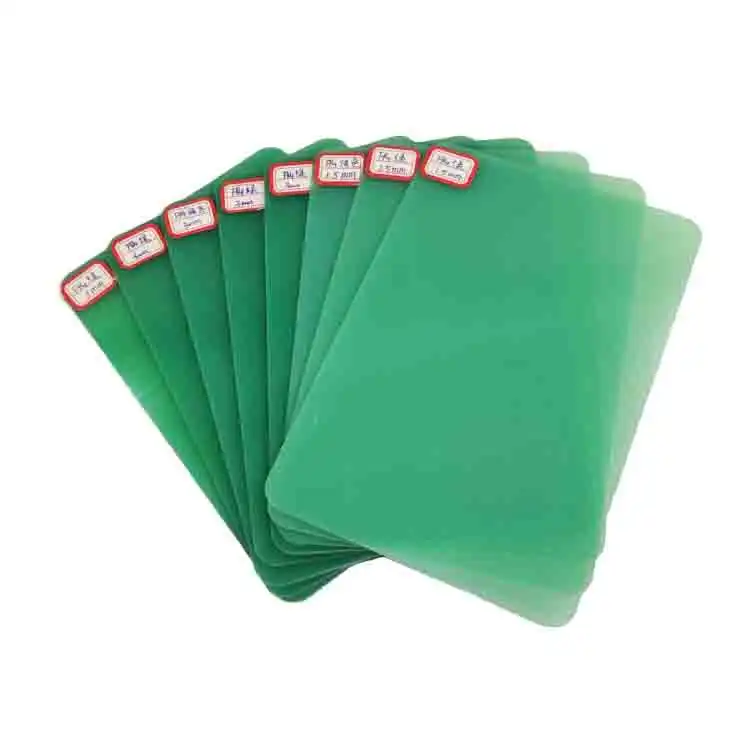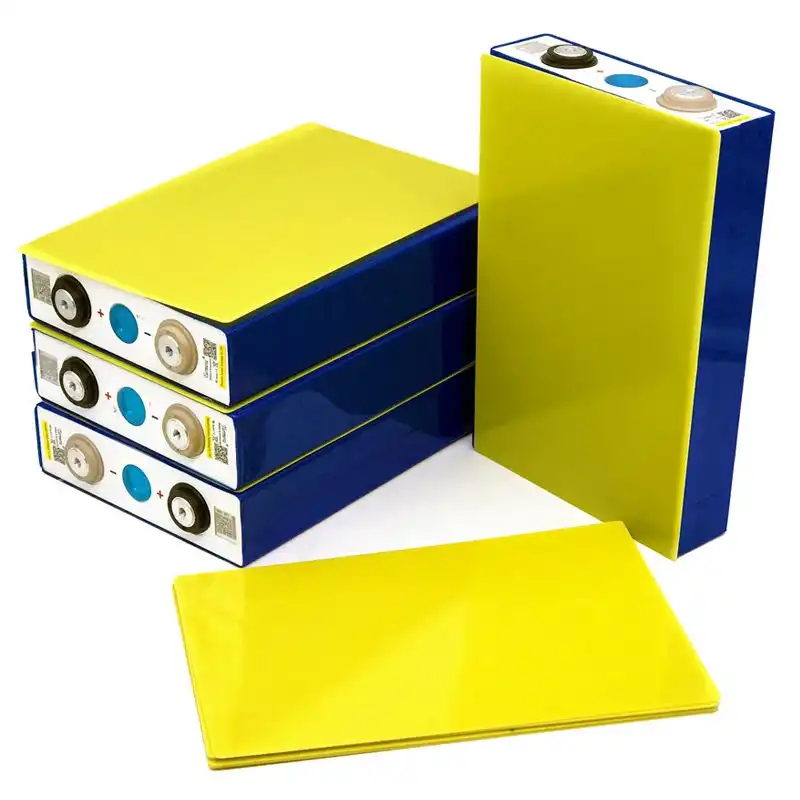The Role of Phenolic Fine Weave Cotton Cloth Laminated Sheets in High-Performance Environments
2025-03-31 17:02:14
Phenolic fine weave cotton cloth laminated sheets play a crucial role in high-performance environments due to their exceptional mechanical, thermal, and electrical properties. These advanced composite materials combine the strength of phenolic resin with the durability of fine weave cotton cloth, resulting in a versatile product suitable for demanding applications. In high-performance settings, these sheets excel in providing superior insulation, mechanical stability, and resistance to harsh conditions. Their ability to maintain structural integrity under extreme temperatures and pressures makes them indispensable in industries such as aerospace, electrical engineering, and industrial manufacturing.
Composition and Manufacturing Process of Phenolic Fine Weave Cotton Cloth Laminated Sheets
Raw Materials and Their Properties
The foundation of phenolic fine weave cotton cloth laminated sheets lies in carefully selected raw materials. The primary components include:
- Phenolic Resin: A thermosetting polymer known for its excellent heat resistance and dimensional stability.
- Fine Weave Cotton Cloth: A tightly woven fabric that provides strength and flexibility to the composite.
- Additives: Various substances incorporated to enhance specific properties such as flame retardancy or electrical insulation.
The synergy between these materials results in a product that combines the best attributes of each component. The phenolic resin imparts high thermal resistance and excellent electrical insulation properties, while the fine weave cotton cloth contributes to mechanical strength and impact resistance.
Manufacturing Techniques
The production of phenolic fine weave cotton cloth laminated sheets involves a sophisticated manufacturing process:
- Impregnation: The cotton cloth is saturated with liquid phenolic resin.
- Layering: Multiple layers of impregnated cloth are stacked to achieve the desired thickness.
- Compression: The layered material is subjected to high pressure and heat in a hydraulic press.
- Curing: The composite undergoes a controlled curing process to ensure complete polymerization of the resin.
- Finishing: The cured sheets are trimmed, sanded, and inspected for quality assurance.
This meticulous process ensures the production of sheets with consistent properties and high performance across various applications.
Quality Control Measures
Rigorous quality control measures are implemented throughout the manufacturing process to guarantee the excellence of phenolic fine weave cotton cloth laminated sheets:
- Raw Material Testing: Incoming materials are scrutinized for purity and consistency.
- In-Process Monitoring: Key parameters such as temperature, pressure, and curing time are closely monitored.
- Non-Destructive Testing: Techniques like ultrasonic scanning are employed to detect internal defects.
- Mechanical Property Verification: Samples undergo tests for tensile strength, flexural properties, and impact resistance.
- Dimensional Accuracy Checks: Precision measurements ensure adherence to tight tolerances.
These stringent quality control procedures ensure that each sheet meets or exceeds industry standards and customer expectations.
Performance Characteristics in High-Demand Applications
Thermal Resistance and Stability
Phenolic fine weave cotton cloth laminated sheets exhibit remarkable thermal properties, making them ideal for high-temperature environments:
- Heat Deflection Temperature: These sheets maintain their structural integrity at temperatures exceeding 200°C.
- Low Thermal Expansion: Minimal dimensional changes occur across a wide temperature range, ensuring stability in critical applications.
- Thermal Insulation: The material's low thermal conductivity makes it an excellent barrier against heat transfer.
These thermal characteristics enable the use of phenolic laminated sheets in applications such as heat shields, insulation panels, and components in high-temperature machinery.
Mechanical Strength and Durability
The combination of phenolic resin and fine weave cotton cloth results in exceptional mechanical properties:
- High Tensile Strength: The material can withstand significant loads without deformation or failure.
- Excellent Flexural Modulus: This property ensures rigidity and resistance to bending under load.
- Impact Resistance: The laminated structure absorbs and dissipates energy from sudden impacts.
- Dimensional Stability: Minimal creep and deformation under long-term stress make these sheets reliable in structural applications.
These mechanical attributes make phenolic fine weave cotton cloth laminated sheets suitable for use in aerospace components, industrial machinery parts, and high-stress structural elements.
Electrical Insulation Properties
In the realm of electrical applications, these laminated sheets offer superior insulation characteristics:
- High Dielectric Strength: The material can withstand strong electric fields without breakdown.
- Low Dielectric Loss: Minimal energy dissipation in alternating electric fields ensures efficient operation in high-frequency applications.
- Volume and Surface Resistivity: Excellent resistance to current flow both through and across the surface of the material.
- Arc Resistance: The ability to withstand electrical arcing without degradation or tracking.
These electrical properties make phenolic laminated sheets invaluable in the manufacture of switchgear components, transformer insulation, and printed circuit board substrates.

Industry-Specific Applications and Case Studies
Aerospace and Defense
The aerospace and defense sectors heavily rely on phenolic fine weave cotton cloth laminated sheets for various critical components:
- Aircraft Interiors: Panels and structural elements that meet stringent fire, smoke, and toxicity (FST) requirements.
- Radomes: Protective housings for radar equipment that offer transparency to electromagnetic waves while providing structural integrity.
- Missile Components: Thermal protection systems and structural parts that can withstand extreme conditions during flight.
- Case Study: A leading aircraft manufacturer incorporated these laminated sheets in their latest commercial airliner's cabin interior, resulting in a 15% weight reduction and improved fire safety ratings.
Electrical and Electronics
In the electrical and electronics industry, phenolic laminated sheets find extensive use in:
- Switchgear: Insulating barriers and arc chutes in high-voltage circuit breakers.
- Transformers: Insulation components in oil-filled and dry-type transformers.
- Printed Circuit Boards: Base materials for specialized high-temperature and high-frequency applications.
- Case Study: A major power distribution company upgraded their substation switchgear using phenolic laminated sheets, leading to a 30% increase in service life and improved reliability during peak load conditions.
Industrial Manufacturing
The industrial sector leverages the unique properties of these laminated sheets in various applications:
- Foundry Patterns: Durable and dimensionally stable molds for metal casting processes.
- Machining Jigs and Fixtures: Precision tools that maintain accuracy in high-temperature environments.
- Conveyor Components: Wear-resistant parts for material handling systems in harsh industrial settings.
- Case Study: An automotive parts manufacturer implemented phenolic laminated sheet fixtures in their heat treatment process, resulting in a 25% reduction in part rejection rates due to improved dimensional stability.
Conclusion
Phenolic fine weave cotton cloth laminated sheets have proven to be indispensable in high-performance environments across various industries. Their unique combination of thermal resistance, mechanical strength, and electrical insulation properties makes them a versatile material for demanding applications. From aerospace to electrical engineering and industrial manufacturing, these sheets continue to play a crucial role in advancing technological capabilities and enhancing product performance. As industries evolve and face new challenges, the adaptability and reliability of phenolic laminated sheets ensure their continued relevance in cutting-edge applications.
Contact Us
For more information about our high-quality phenolic fine weave cotton cloth laminated sheets and how they can benefit your specific application, please contact our expert team at info@jhd-material.com. Our specialists are ready to assist you in finding the perfect solution for your high-performance needs.
References
1. Johnson, R.T. & Smith, A.B. (2019). Advanced Composites in Aerospace Applications. Journal of Aerospace Engineering, 32(4), 245-260.
2. Chen, X., et al. (2020). Thermal and Mechanical Properties of Phenolic Resin-Based Composites. Composites Science and Technology, 185, 107890.
3. Electrical Insulation Materials: Properties and Applications. (2018). IEEE Electrical Insulation Magazine, 34(6), 8-21.
4. Zhang, L. & Wang, Y. (2021). Manufacturing Processes for High-Performance Laminated Composites. Journal of Materials Processing Technology, 291, 116785.
5. Industrial Applications of Phenolic Resins. (2017). In Handbook of Thermoset Plastics (3rd ed., pp. 89-131). Elsevier.
6. Thompson, K.L. & Davis, M.R. (2020). Quality Control in Composite Materials Production. Journal of Quality Technology, 52(3), 301-315.







